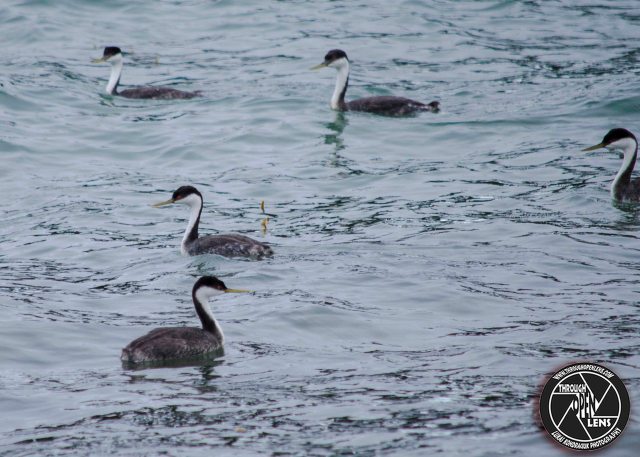F/10.0, 1/400, ISO 160.
Red-tailed Hawk
Two snakes are talking.
One of them turns to the other and asks, “Are we venomous?”
The other replays, “Yes,why?…”
“I just bit ma lip.”
Interesting Fact: Red-tailed Hawks typically put their nests in the crowns of tall trees where they have a commanding view of the landscape. They may also nest on a cliff ledge or on artificial structures such as window ledges and billboard platforms. ( https://www.allaboutbirds.org/guide/Red-tailed_Hawk/lifehistory )










